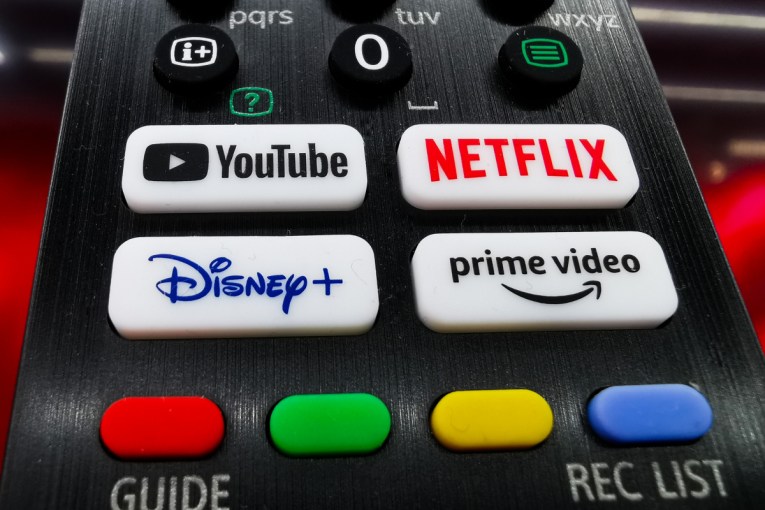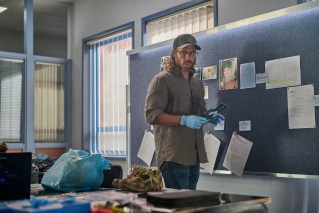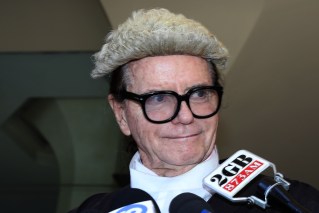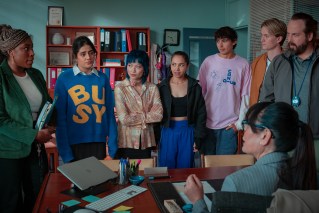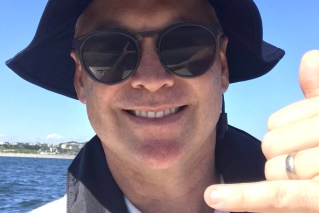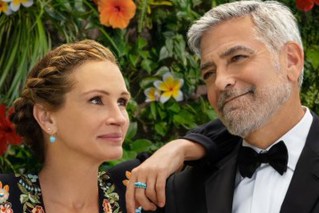Unsolved Mysteries, the Netflix reboot, brings a classic TV series into new age
When I speak by phone with Terry Dunn Meurer, the co-creator of Unsolved Mysteries, she has just finished a call with a detective.
It’s only a day or so since the series, originally broadcast on NBC in 1987, premiered in a revised format on Netflix.
Already, sleuths are sleuthing, Reddit is fired up, and Meurer and her team are getting results.
“We were talking about the leads that had come in so far, trying to sort through those,” says Meurer, speaking from LA.
The detective in question is investigating the strange death of Rey Rivera, a seemingly happy 32-year-old finance writer whose family do not believe his fall from a hotel rooftop in Baltimore in 2006 was a suicide.
It’s not the only tip Meurer has received.
Some promising ones are already coming in about the death of 23-year-old Alonzo Brooks, whose body was found by a creek in a small Kansas town in 2004.
His death is being investigated as a possible hate crime.

Alonzo Brooks, 23, went to a party in a largely white part of Kansas. His body was found by a creek weeks later. Photo: Netflix
While declining to reveal the details, Meurer says “three different people gave us three different names of people who they think might have been involved”.
It’s not surprising Netflix would want to get involved in this kind of thing, bringing back the show 10 years after it last aired.
Through originals like Making A Murderer and The Keepers, it has helped drive the true crime obsession, which turns amateur sleuthing into an engagement metric.
But Unsolved Mysteries is a different beast in the internet age – and has different responsibilities.
Watching the phones light up
The original series grew out of a few specials Meurer and co-creator John Cosgrove produced in the mid-1980s.
Together, the pair began to realise what could be achieved by harnessing the power of the audience to solve crimes.
We’ve solved over 260 cases,’’ she says.
“Of the 1300 [we’ve profiled], not all of them are solvable – they’re a ghost story, or a UFO story, or science story. But of the solvable cases we are at about 34 per cent.”
The original series had a dedicated following.
Its theme song – spiky electronica in a minor key – made you check the locks on the door.
Host Robert Stack’s piece-to-camera intros invariably involved a dark alleyway and dry ice. (Stack died in 2003.)
The stories come via the audience or from law-enforcement agencies, including the FBI, which hope media coverage might pull a thread loose.
“Back in the day, we had a telecentre where about 20 or 30 operators would be sitting there ready to take calls when the broadcast happened,” Meurer says.
“If they had what they thought was a hot tip, they would raise a paddle and somebody from law enforcement would rush over and hop on a headset and talk to them … and try and vet the tip.
“It was so exciting actually. You would see all these paddles go up. And if they are all from the same part of the country, or even the same town, you go, ‘OK, there is something going on here’.”
The risk of speculation in the internet age
In the original series, a viewer’s thoughts about a case might have been shared privately or on a phone call to that call centre.
In the 2020 reboot, they are blasted across social media or collected on a variety of fan sites.
The urge to unmask criminals by crowdsource can backfire – see the Boston Bombings, where innocent bystanders were wrongly labelled terrorists, or a recent case in which the wrong cyclist was identified in a viral video of a racist attack.
Everyone involved in Unsolved Mysteries wants results.
A day after the premiere, Netflix released a public drive of “evidence, case files [and] interviews” that didn’t make it to air.
Meurer acknowledges they cannot control the reaction online to their stories, but she says what they can do is be fair.
“If there is a suspect, we do the pros and cons … We let them state their case,” she says.
“As responsible as we are in trying to present the accurate facts and make a balanced presentation of the mystery, we would hope that the viewers would feel that same sense of responsibility to not negatively affect someone’s life with speculation.”

Robert Stack was the face of the original version of Unsolved Mysteries. He died in 2003.
Netflix’s global audience means there’s more opportunity for international stories – there is one in this first batch, and more expected later this year.
Given Australia’s tough defamation laws, an episode on a local unsolved case may be more complicated.
During production for an episode about the “House of Terror” murders in France, the team needed to tread carefully with how it referred to the chief suspect.
The worst thing, Meurer says, would be to “present a case and somehow the investigation … or the adjudication of that case couldn’t move forward because of something we did or something we said”.
Families hope the show can bring closure
The ethics of true crime have always been complex, but adherence to them has become more topical as big productions have driven cultural conversation and, in turn, drawn significant investment from companies like Netflix.
Families of victims must be a central consideration, producers and victims’ advocates say, because insensitive portrayals of cases can cause harm to survivors and their loved ones.
“True crime can be rather dark, but we feel like we bring hope to it because these cases are unsolved,” Meurer says.
“We are not just retelling cases from the past that have already been adjudicated or have already been solved.”
She says when it comes to Unsolved Mysteries, not only is there a larger purpose, but the families want their stories told.
They want to feel like they have tried everything to resolve the most pressing question of their lives.

Rey Rivera and his wife Allison. How he came to fall to his death near a Baltimore hotel is unclear. Photo: Netflix
“That’s the way Allison Rivera put it,” Meurer says, referring to Rey Rivera’s wife.
“She had to think long and hard about whether she was going to participate in the episode.
“She said, ‘If I don’t do this, I will always wonder if this is the one thing that could have solved Rey’s death’.”
